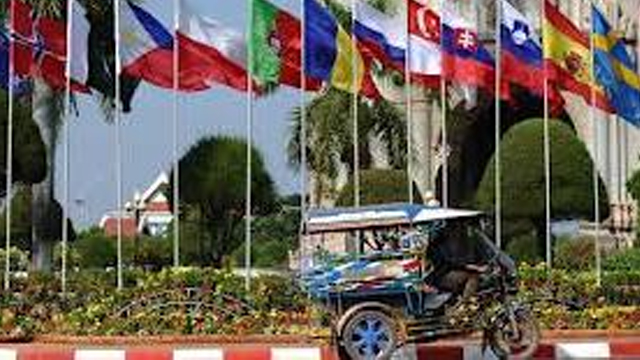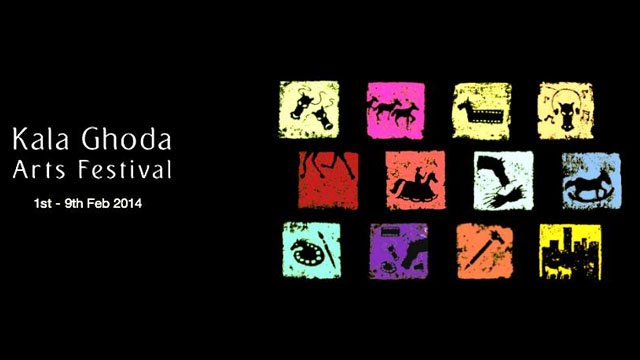In the present era of globalisation and interconnected landscapes, it is pertinent to acknowledge and tap the power of the general public in strengthening Asian-European ties.
In the present era of globalisation and interconnected landscapes, it is pertinent to acknowledge and tap the power of the general public in strengthening Asian-European ties. Today, youth, journalists, local communities, academics, activists and celebrities of both continents are advocating unity in social, cultural, economic and political realms. Recent initiatives taken by interregional institutions such as the Asia Europe Meeting (ASEM) have also been instrumental in registering a tangible change in this direction.
Through academic exchanges and multi-stakeholder interactions, the two peoples have come closer, while also giving a fillip to economic ties and multiculturalism. Another effective catalyst in dissolving barriers is the social media, which is unifying Asians and Europeans like never before–it is now common to see animated chats on bilateral issues on Twitter and Facebook. This bridging of gaps has also facilitated exchange of ideas on climate change and sustainability; culture, traditions and values; business trends and academic findings. Consequently, inter-public understanding is growing and there is now a strengthened mutual consensus on key issues—including human rights, democracy, terrorism, migration, religion, culture and good governance.
To take this process to the next level and make it more inclusive, Asians and Europeans must shift from merely ‘learning’ about one other, to actively cooperating on day-to-day issues. Europe is currently reeling under economic turmoil and unemployment, while Asia is battling large-scale poverty and underdevelopment. Specially-designed programmes for European businesses, researchers and journalists to work in Asian villages and cities can catalyse stellar change in Asia. Similarly, opening up avenues for Asian tourists, small and medium enterprises, civil society and entertainment industry can trigger fresh financial opportunities in Europe. In addition, initiatives must be launched under the broad framework of economic, academic and cultural exchange to promote interregional movements, collaborations and partnerships. This is the way to the future for Asia and Europe.
Undeniably, the time is ripe to explore new areas for bilateral public dialogue and cooperation. Considering that Asia and Europe together account for nearly 70% of world population, mainstreaming people-to-people connect is not a question of why, but when. And that time is now.
*views expressed are personal





